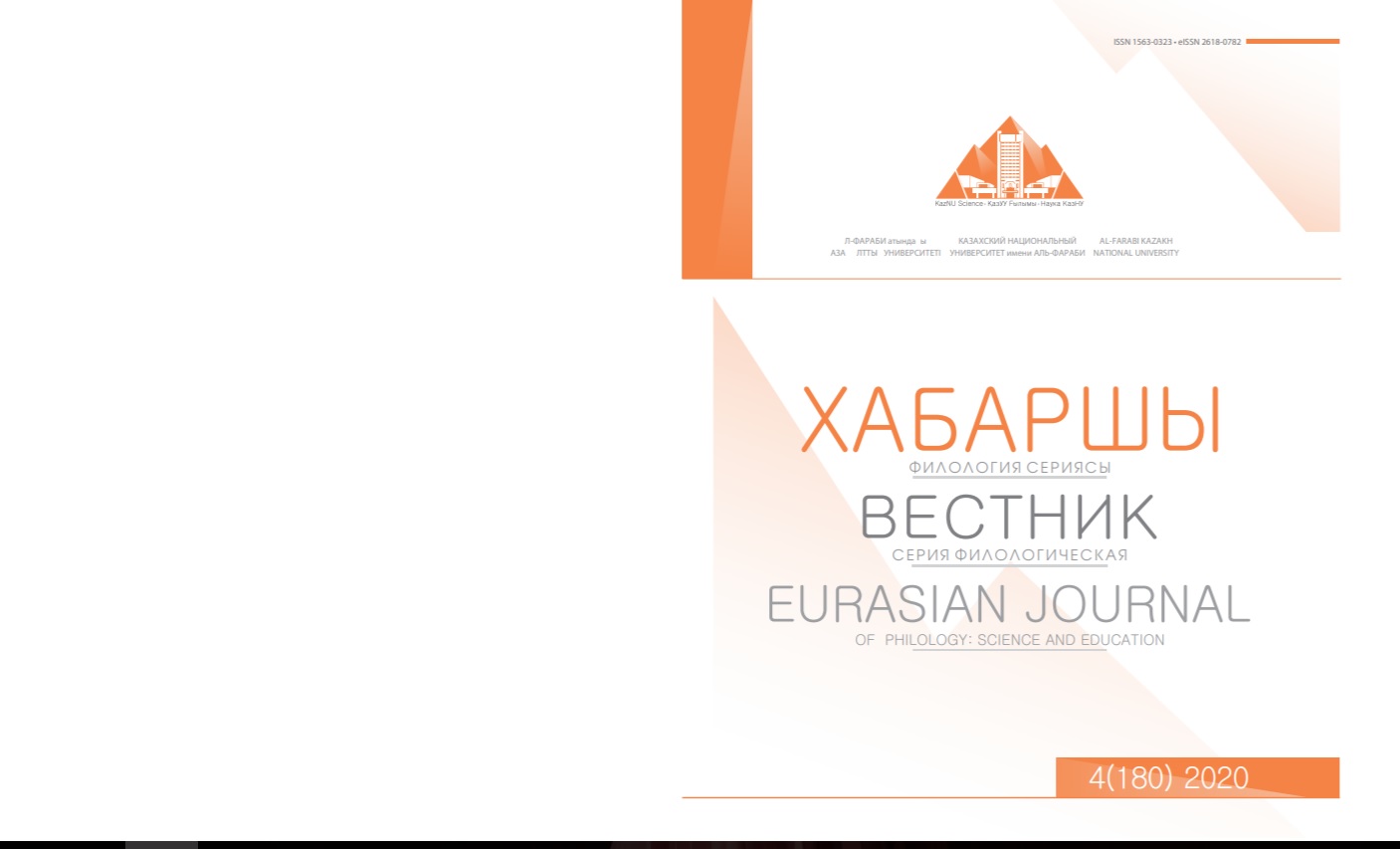Культурный код и возможности его передачи (по следам перевода книги Абая «Слова назидания» на французский язык).
DOI:
https://doi.org/10.26577/EJPh.2020.v180.i4.ph32Аннотация
Современная наука о языке характеризуется тем, что активно развивает междисциплинарные исследования, среди которых наиболее ярко обнаруживается проблема культурного кода этноса. В настоящей статье приводятся результаты анализа перевода “Слов назиданий” Абая с казахского на французский язык с точки зрения передачи культурного кода казахов на французский язык, выдвигаются ряд общих и частных гипотез, затрагивающих возможности передачи культурного кода. Проблема соответствия текста оригинала тексту языка перевода является, краеугольной в современной теории перевода. Трудности были вызваны необходимостью по мере возможности воссоздать в языке перевода важнейшие семантико-структурные особенности исходного текста, вместе с тем необходимостью адаптации текста перевода под иное лингвокультурологическое восприятие. Безусловно, культурные коды универсальны для человечества, но их объем и содержание в каждом отдельно взятом этносообществе, в которых они реализуются, национально предопределены и предначертаны конкретной культурой. При этом сам культурный код по ходу развития в результате изобретения или заимствования из других культур может также модифицироваться, упрощаться, усложняться. Вместе с этим претерпевают трансформацию склад мышления и характер проявления чувств, ценностные ориентации и установки, представления о мире и о себе, верования, мнения, предрассудки.






